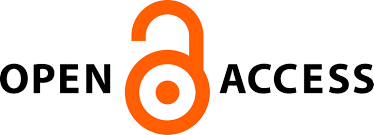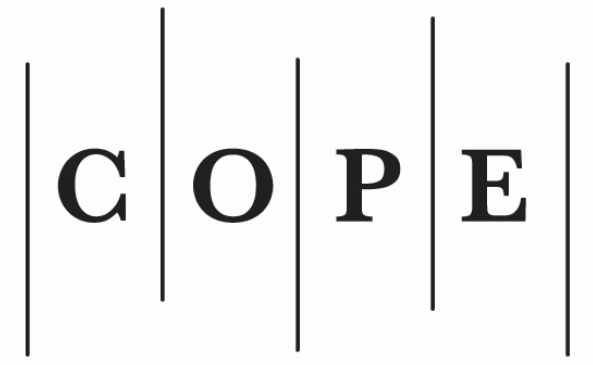TAIKYTINOS TEISĖS NUSTATYMAS KRIPTOVALIUTŲ SISTEMŲ DALYVIŲ SANTYKIAMS
plugins.themes.bootstrap3.article.main695bc90f74149
Santrauka
Vis sparčiau populiarėjančios kriptovaliutų sistemos kuria globalius, išimtinai tik virtualioje erdvėje susiklostančius ir neformalizuotus tokių sistemų da- lyvių santykius. Unikalus santykių pobūdis komplikuoja jiems taikytinos teisės nusta- tymą – apsunkina tiek tokių santykių kvalifikavimą (nuo kurio priklauso taikytinos teisės nustatymo instrumento parinkimas), tiek konkrečių kolizinių taisyklių taikymą. Šiuo straipsniu siekiama nustatyti, ar Europos Sąjungos lygmeniu įtvirtintos kolizinės taisyklės leidžia identifikuoti kriptovaliutų sistemų dalyvių santykiams taikytiną teisę, kurios ir kodėl kolizinės taisyklės yra atmestinos arba gali būti sėkmingai taikomos. At- liktas tyrimas atskleidė, kad kriptovaliutų sistemų dalyvių santykiai Europos Sąjungos tarptautinės privatinės teisės prasme kvalifikuotini kaip sutartiniai ir todėl jų atžvilgiu taikytina teisė nustatoma pagal reglamentą Roma I. Darbe prieita išvada, kad taikytina teisė tokiems santykiams gali būti nustatyta pagal glaudžiausio ryšio testą, atsižvelgiant į tokius objektyvius kriterijus kaip intensyviausiai atliekamos „kasimo“ (angl. mining) funkcijos vieta; didžiausios pilnųjų mazgų koncentracijos vieta; ir pagrindinio (-ių) kriptovaliutos sistemos vystytojo (-ų) įprasta gyvenamoji vieta.
plugins.themes.bootstrap3.article.details695bc90f77780
Skyrius
Mokslo straipsnis
Šiam žurnalui suteikta Creative Commons Priskyrimas - CC BY 4.0 licencija (taikoma nuo 2025 m.).






